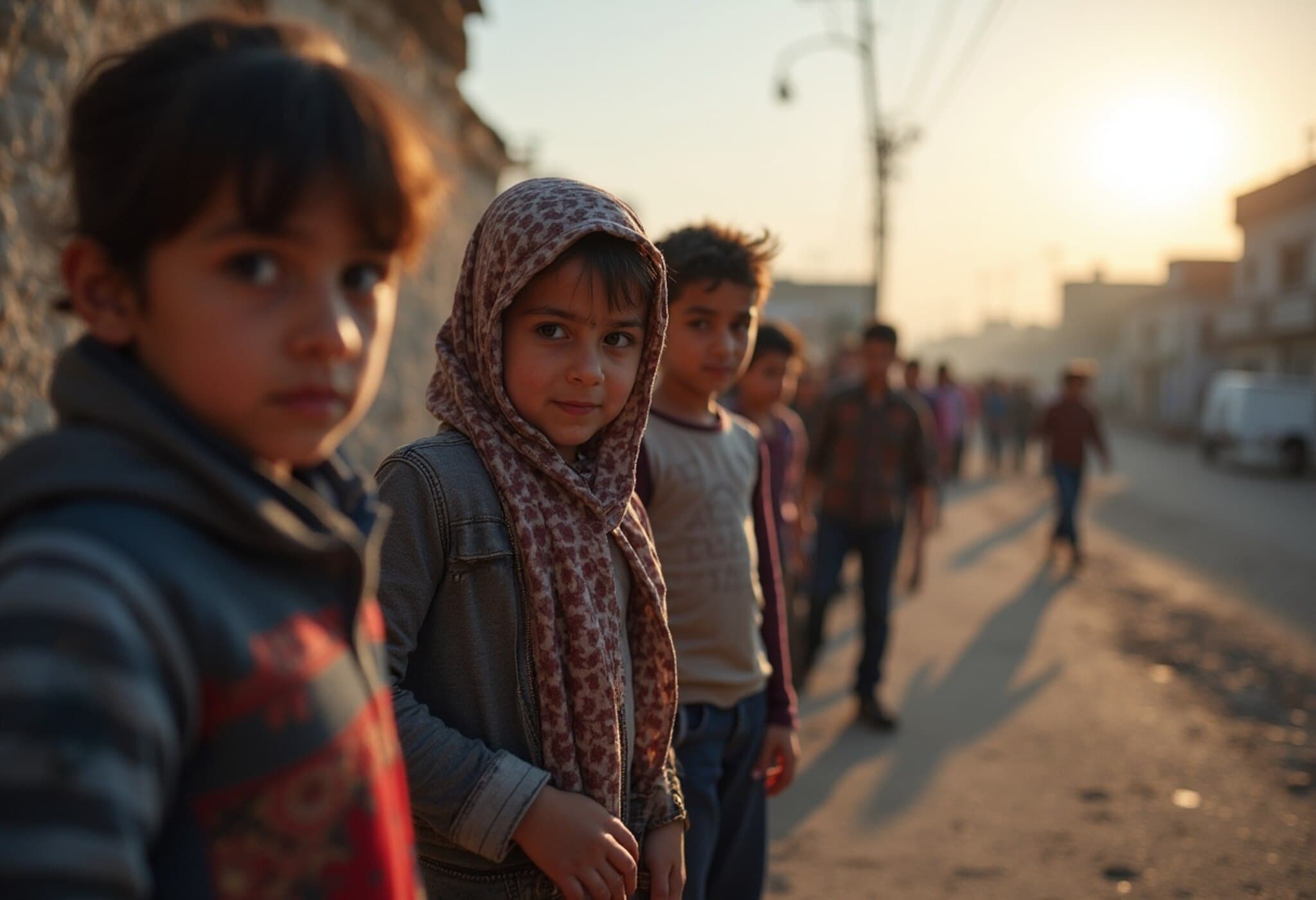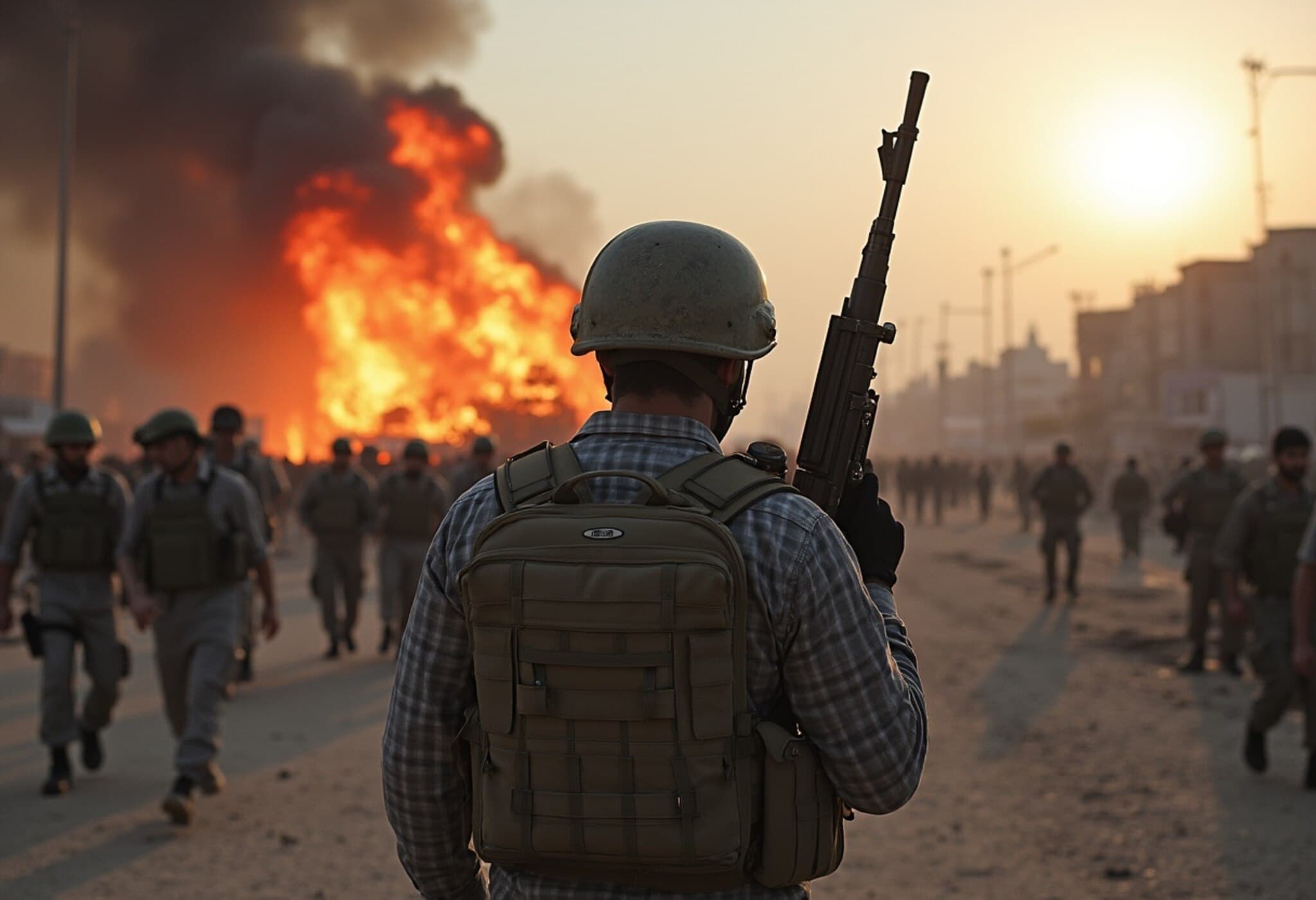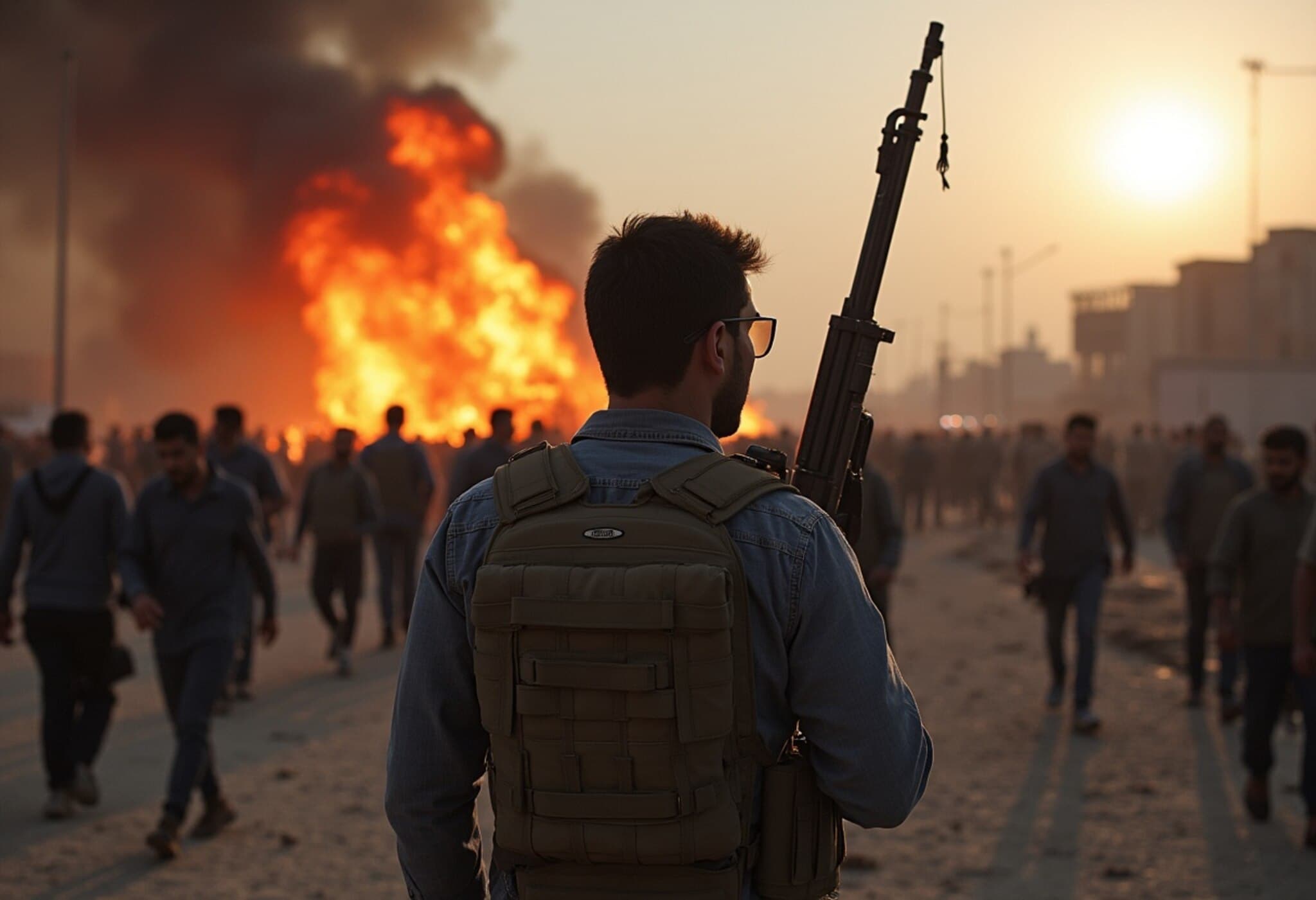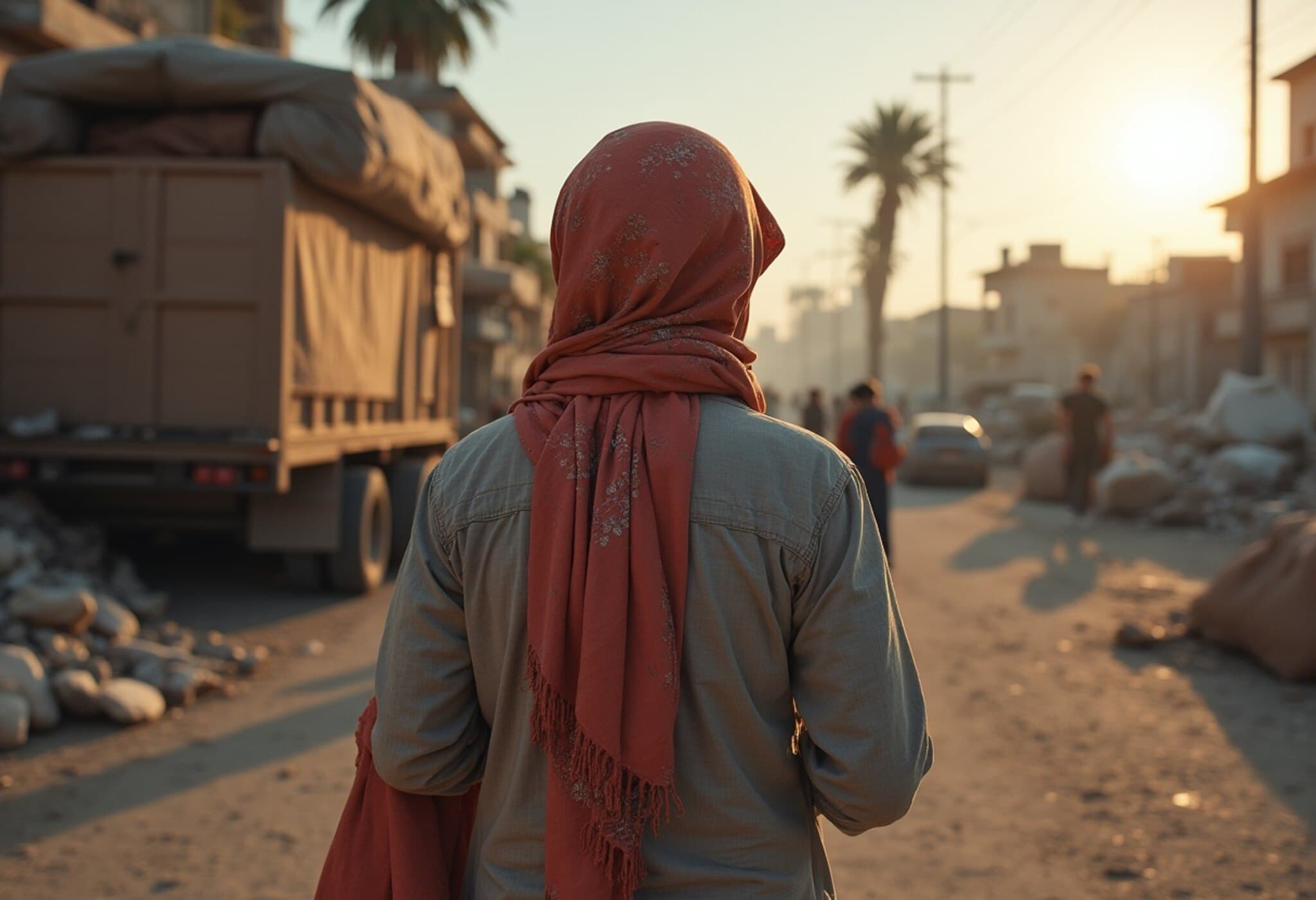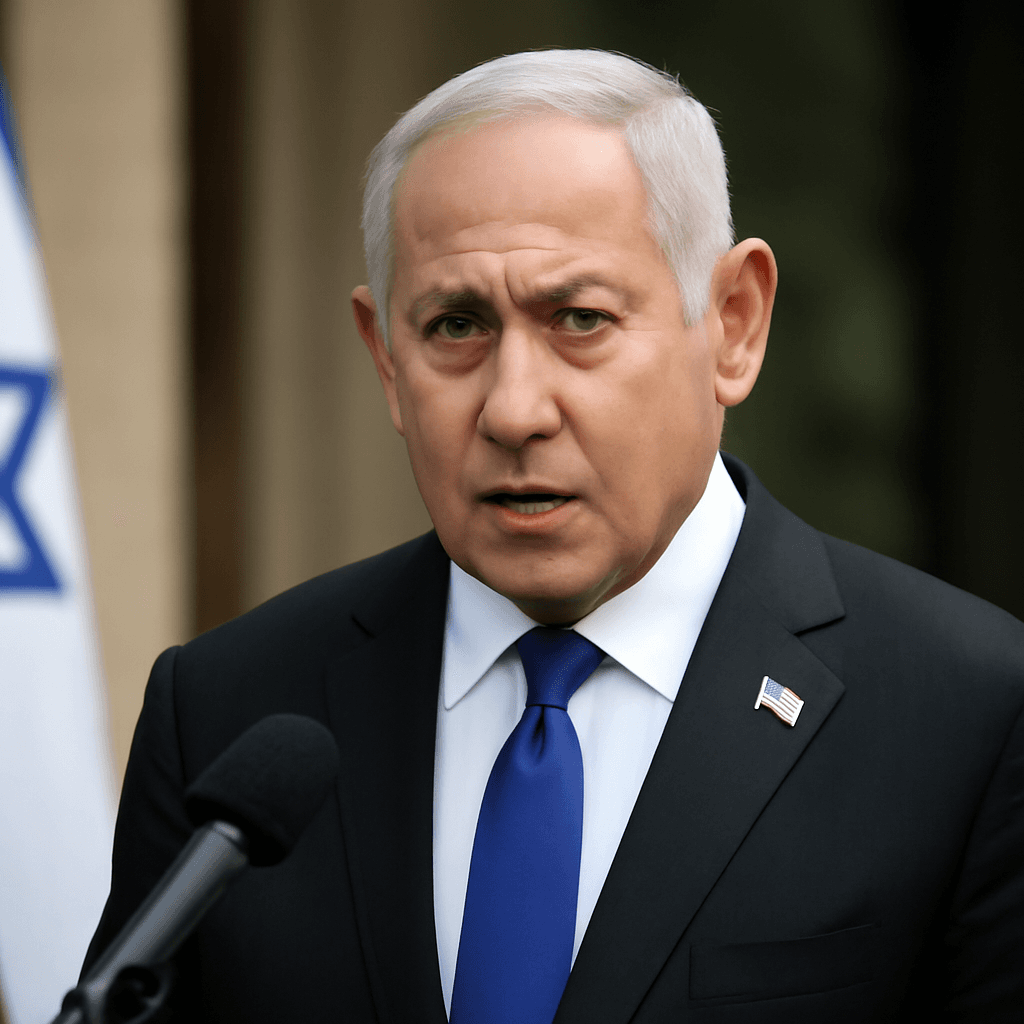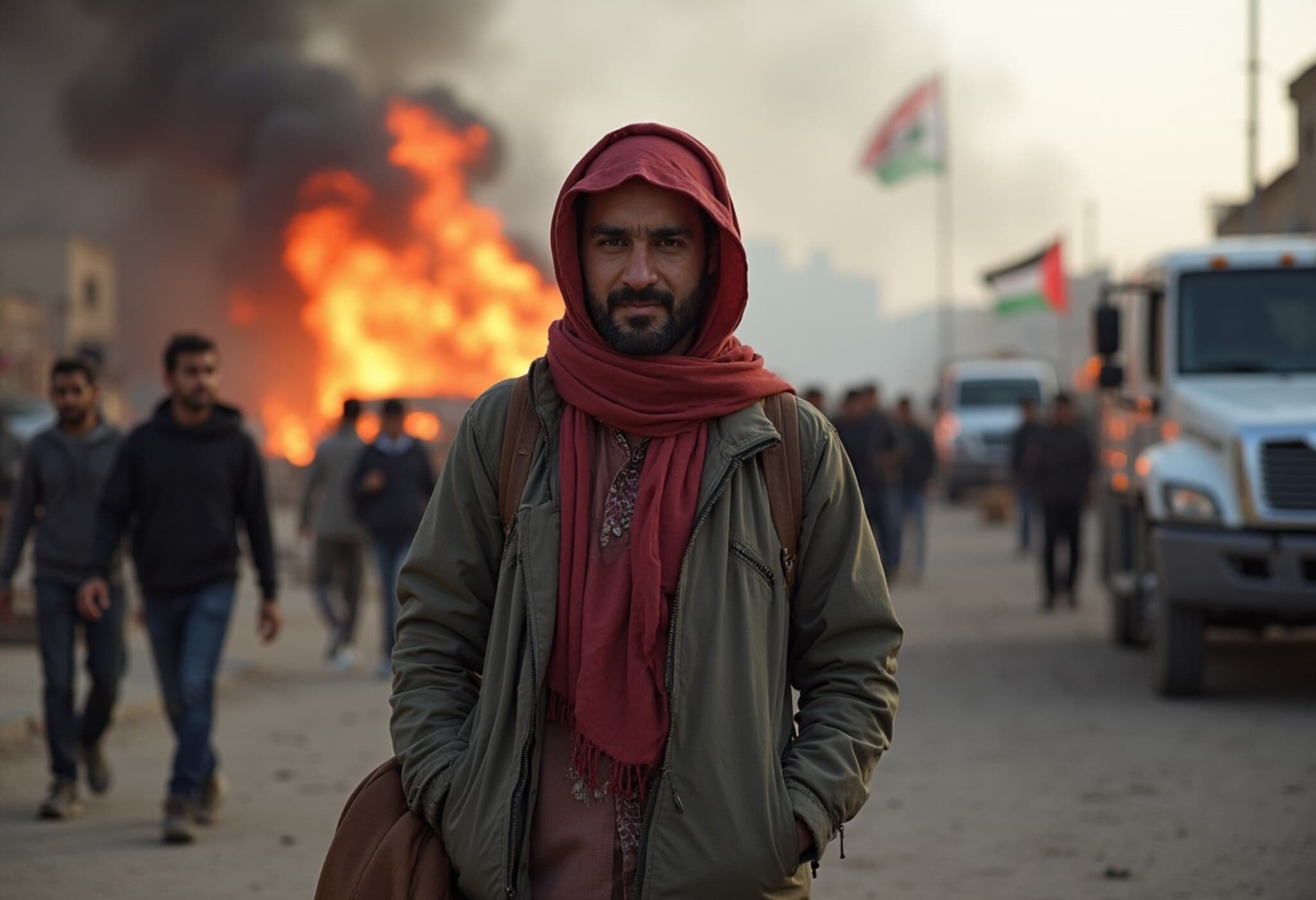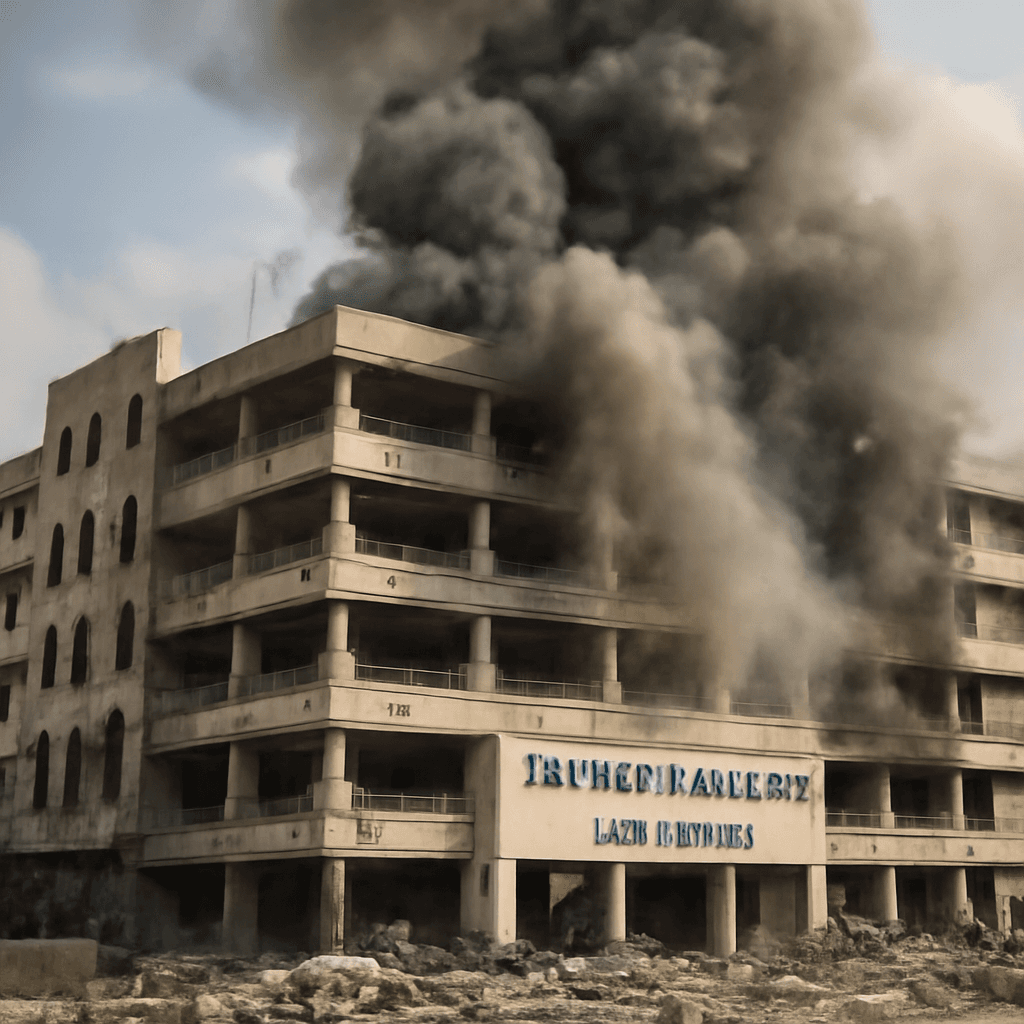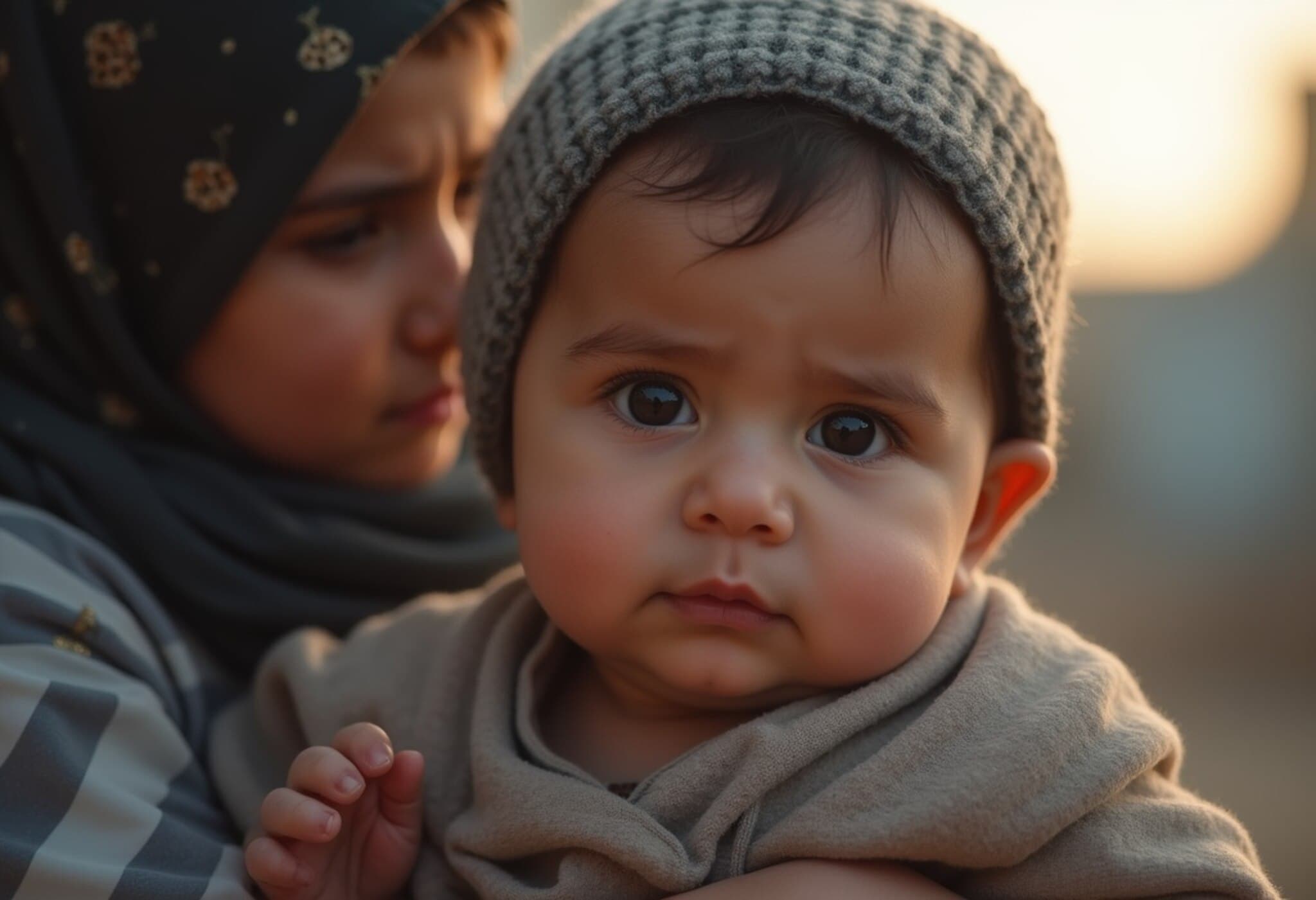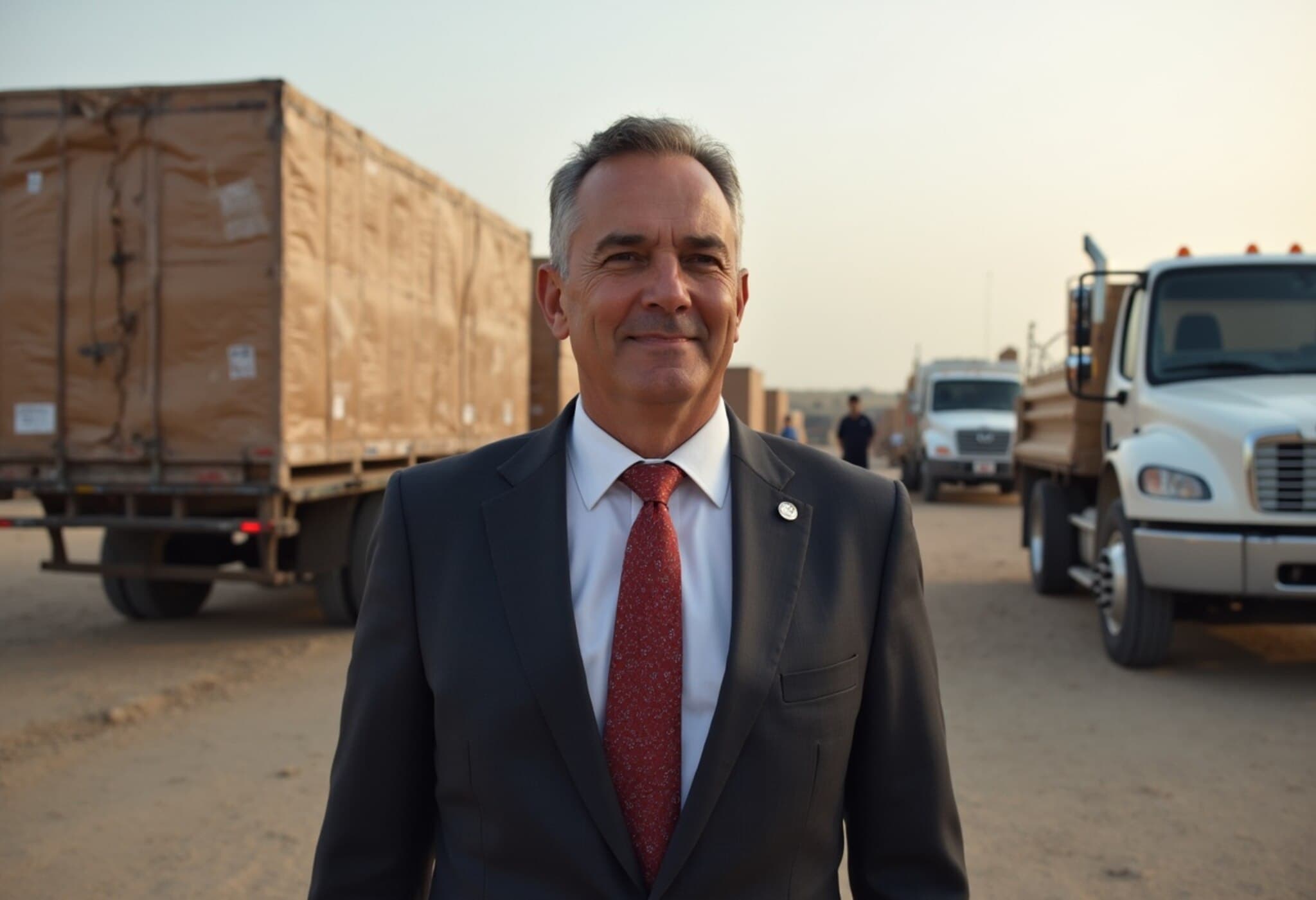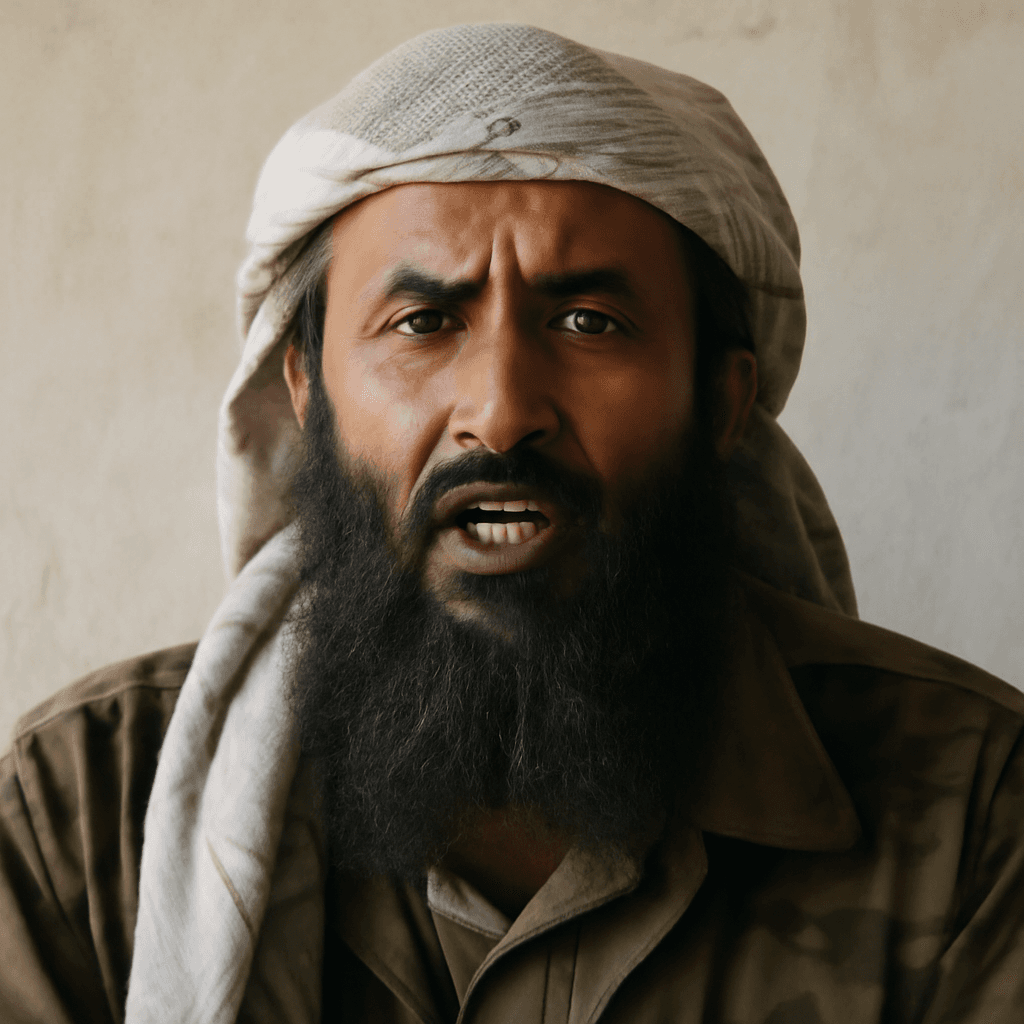Israel's Security Cabinet Greenlights Major Offensive on Gaza City
In a decisive move early Friday, Israel's Security Cabinet approved a comprehensive plan to take control of Gaza City, intensifying a war that has already stretched on for nearly two years. This latest development signals an escalation of Israel’s extensive military campaign against Hamas following the deadly October 7, 2023, attack that ignited the conflict.
Netanyahu’s Vision: Security Through Control, Not Occupation
Prime Minister Benjamin Netanyahu articulated Israel’s objective in a recent interview before the Cabinet meeting. While affirming the intent to retake Gaza City and eventually the whole Gaza Strip, Netanyahu emphasized that Israel does not seek permanent occupation. Instead, the goal is to establish a secure perimeter, remove Hamas influence, and ultimately transfer governance to aligned Arab forces who oppose Hamas and can provide stability for Gaza’s population.
"We don’t want to keep it. We want to have a security perimeter," Netanyahu stated, highlighting efforts to create conditions for Gazans to live without fear under a responsible administration.
Military and Civilian Concerns: The Costs of Escalation
However, Israel’s top military leadership has voiced serious reservations. Lt. Gen. Eyal Zamir warned that occupying Gaza City could jeopardize the lives of the approximately 20 Israeli hostages still held by Hamas, and place enormous strain on Israeli forces after sustained combat operations across the region.
Families of hostages have also expressed deep fears that expanding military operations will put their loved ones in even greater peril. Some held protests outside the Security Cabinet meeting, signaling internal discord about the risks and benefits of further escalation.
The Humanitarian Toll: Gaza’s Growing Crisis
The war has already wrought devastating consequences for Gaza’s residents. More than 61,000 Palestinians have died, according to the Hamas-run Gaza Health Ministry, including an unknown number of civilians. At least 42 Palestinians were killed recently during Israeli airstrikes and shootings in southern Gaza, many while attempting to access critical humanitarian aid in areas fraught with danger.
Gaza City, once the territory’s largest urban center, has been heavily bombarded and partially emptied by prior evacuation orders. Yet hundreds of thousands have returned during ceasefires, only to face uncertainty as conflict resumes.
International and Local Voices Warning of a Quagmire
The international community watches anxiously as the possibility of a large-scale ground operation looms. Experts warn of a potentially prolonged and costly conflict, with limited military gains but dire humanitarian consequences. Some former Israeli security officials caution against what they term a "quagmire," where military advances risk becoming bogged down amid urban warfare and complex political factors.
Families of hostages and human rights advocates alike are questioning the wisdom of broadening the offensive.
Controversies Around Aid Distribution Intensify Amid Violence
Compounding the crisis, the distribution of humanitarian aid remains a major source of contention. The Gaza Humanitarian Foundation (GHF), an Israeli-backed American contractor, faces fierce criticism following reports of violence and chaos at food distribution points. Doctors Without Borders (MSF) condemned the aid system as "orchestrated killing," citing hundreds of injuries and deaths linked to crowded and disorderly aid sites.
Meanwhile, the United Nations and independent observers express concern about the ongoing blockade, disruptions to aid delivery, and the risks posed to the civilian population during aid runs. Israeli forces state that warning shots have been used solely to maintain order, though humanitarian agencies report multiple allegations of excessive force and dangerous conditions.
Political Nuances: Coalition Pressures and Regional Implications
Within Israel’s political arena, divisions are sharp. Netanyahu’s far-right coalition partners reportedly push for harsher measures, including the forced relocation of Gaza’s population and the reestablishment of Jewish settlements dismantled in previous years. Critics argue that such hardline stances risk inflaming regional tensions and undermining prospects for peace.
Some analysts suggest that Netanyahu balances these internal pressures against the pragmatic limits imposed by military realities and international diplomatic fallout.
Looking Ahead: The Fragile Path Forward
As the Security Cabinet’s decision sets the stage for potential escalation, questions linger about the balance between security objectives and humanitarian imperatives. How Israel navigates the tightrope between military necessity and minimizing civilian suffering will shape not only immediate outcomes but also longer-term stability in the region.
Key Takeaways:
- Israel aims to control Gaza City to remove Hamas but does not intend permanent occupation.
- Military leaders and hostage families warn of significant risks tied to ground operations.
- The humanitarian crisis worsens, with aid delivery complicated by violence and logistics.
- Internal political divisions shape Israel’s war strategy and its broader regional ambitions.
- International response remains critical as casualties mount and diplomatic pressures increase.
What are the viable paths forward to security and peace that also honor the fundamental dignity of all affected populations? This remains the most pressing question on the horizon.


